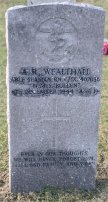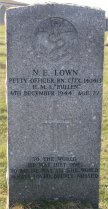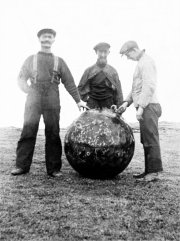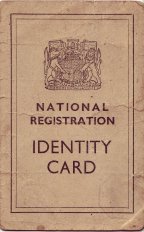


n Northmavine the 1st Zetland Battalion of Home Guards had units in North Roe, Ollaberry and Hillswick, with smaller units at Eshaness, Heylor and Sullom. They undertook a variety of tasks, some dangerous and others not so life-threatening, like enforcing the blackout rules, when everyone had to cover their windows at night with black material, making it more difficult for German bombers to find their targets in the dark. Car, motorbike and truck headlights also had to be blacked out and this made driving very dangerous, especially on the single-track roads of Northmavine. The Home Guard had a more serious and dangerous job of blowing up any mines that drifted near to the shore. They also had the unpleasant responsibility of recovering bodies washed ashore.
Regrettably this was the horrific part of war on the Home Front. But not only did seamen perish, occasionally young pilots who were shot down and didn't make it back to base, were also washed up on Northmavine's coastline. On a lighter note, this is about another kind of sea borne debris, something that was more easily suffered by the neighbourhood around Tangwick and by the local Home Guard. One day a full barrel of wine drifted ashore and was punctured when it hit a rock. Now a full barrel holds 110 gallons or 500 litres - that's an awful lot of wine. So with the waft of alcohol on the wind, word was sent out for every container available in the district to be brought and filled, even kirns or butter churns and chamber pots were by all accounts utilised.

Among those retrieved in Northmavine were the remains of three sailors who were buried in the Hillswick and Eshaness kirk yards. They had been crew members of the HMS Bullen, a Captain Class Frigate - K469, part of the Convoy Escort Group B19 working in the North Atlantic. The Bullen was torpedoed by U775, seven miles off Cape Wrath on December 6th 1944, when 71 of her 168 crew were drowned.

